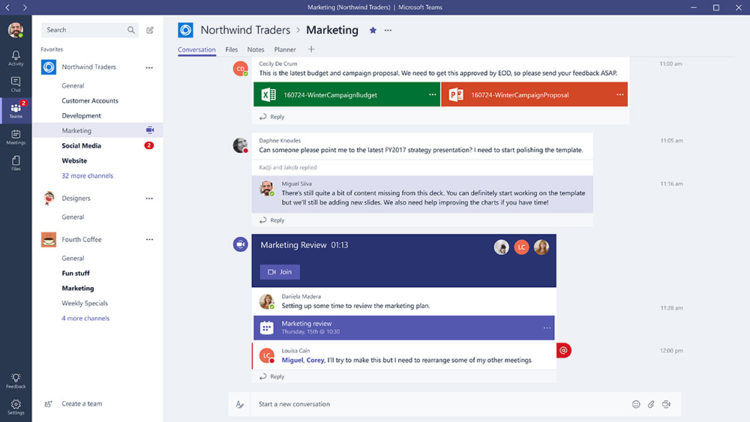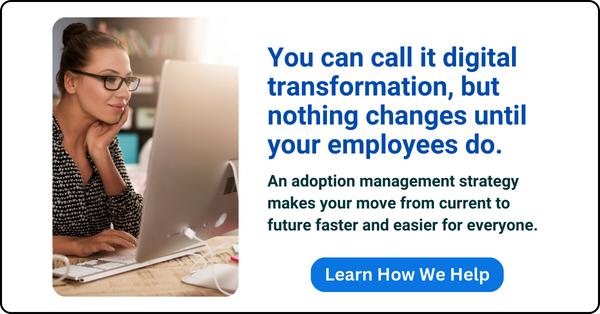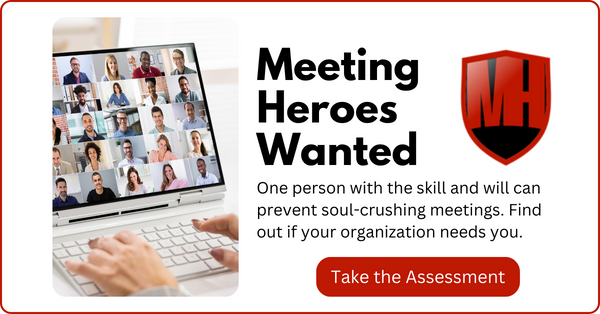The biggest complaint about consensus-based decision making is that it takes too long. A close second is that sometimes consensus isn’t possible and continuing to pursue it becomes a never-ending exercise in futility.
Admittedly, I’ve often dismissed both complaints, believing that my facilitation skills could create an efficient process, and my optimism would have me believe that consensus always existed, just below the surface.
My Faulty Assumption
After 25 years of operating in this manner, I now recognize an assumption that I’ve repeated with group after group. It has been a mistake.
Using a consensus approach assumes that all the players have joint ownership for making the decision. Looking back, I can think of many times that wasn’t true or should not have been the case.
Too often decisions get pushed to the group when a person should have owned it. There are many reasons this might happen:
- Nobody wants to be solely responsible for the decision.
- It’s a way to create buy-in to a potentially unpopular decision.
- The person who should own it has no ideas about what to do.
- The problem would benefit from some fresh eyes.
- It’s a teamwork culture, and that’s the way decisions are supposed to be made.
I can see some legitimate benefit in several of these reasons, so I don’t want to dismiss the approach completely. I also want to address the complaints about the process taking too long and creating frustration.
I Had a Dream…or Something Like That
The answer came to me during my best idea-generating time of the day, that transition from sleep to awake. There’s something about having one foot in dreamland and another in the new day that inspires excellent insight.

In this case I realized I needed to stop using consensus for decisions that should be owned by individuals while still capturing the benefits the group can provide during the decision-making process.
The insight came with a name: Rapid Collaborative Decision Making (RCDM). It’s perfectly suited to the remote work world, especially when using collaboration tools such as Microsoft Teams. Here’s how it works.
1. Decision owner engages the group
One person starts the process by asking for input. Using Microsoft Teams, the owner provides some background, asks a specific question, and gives the group a deadline. Here are a couple examples.
Today a customer asked me if we could make the following change to our order process. [Describe the change.] On the surface it seemed like a reasonable request, but before I reply I’d like your thoughts, including pros/cons along with your recommendation. I told him I’d be back to him within a week, so please provide your initial thoughts by noon tomorrow, so I have plenty of time to consider your feedback.
Sue [the group’s manager] asked me to provide her with a recommendation on how to improve our team’s section of the new employee onboarding presentation. I have a few ideas but know that you may have some as well. Please provide me with any suggestions you have by end of business on Wednesday, so I can represent a wider point of view in my response to Sue.
The most challenging part of this first step is establishing a clear owner. Here are some ways this happens:
- The team leader is asked to respond for the team and has decision making authority due to the leadership position.
- The team leader delegates decision making authority to someone on the team.
- Someone on the team has an idea and takes ownership for seeing it through.
- The problem falls into someone’s specific area of responsibility and is asked to take ownership as a result.
2. Collaborators respond
The people who are asked for help provide it by the deadline. It’s possible not everyone will have an opinion or a thought. Still, in a truly collaborative team, it’s helpful for them to still contribute with that information or to simply offer support for someone else’s input.
By using group chat or a dedicated conversation in a Microsoft Teams channel, everyone who provides feedback has the benefit of reading what others offer. There may a bit of debate that breaks out, and the owner may want to jump in and encourage this exchange during the input period. It’s a good way to elicit more detailed feedback.

People are busy and getting them to weigh in may require a change to your organizational culture. Perhaps helping people see that this isn’t extra work you are asking of them, but rather work that replaces what would have been one or more long, and potentially contentious, meetings.
Also, you will need to build a spirit of helpfulness into your culture. The ideal is that everyone views the problem as our problem with one person taking ownership for it and everyone else adding what they can to make a good decision.
3. Owner uses feedback to create decision
When there is a lot of similar feedback and it aligns with what the owner may have already been thinking, the owner should easily be able to refine and make the decision, and then move towards action.
If there are a wide range of competing views, the owner needs to consider them all and use some judgment to decide what the best course of action should be. This isn’t easy, but if everyone accepts this process, then they are more likely to understand that someone needed to decide.
3a. Second round of feedback (Optional)
If when making the first request for feedback, the options were many or nothing was proposed and the ask was to fill in a blank slate, then it might make sense to do one more round of feedback.
The difference is that this time, the owner has a specific proposal to vet with the team. The request might read like the following:
Thanks for the feedback everyone. Here’s how I think we should proceed [Describe it]. Before I make the final decision, I’d appreciate your reactions to this specific proposal. I’m particularly interested if you think I’m overlooking something or have not adequately considered a consequence.
If this optional second round of feedback happens, then the owner carefully considers the additional feedback and refines the decision as appropriate.
4. Owner closes the loop with the group
The last step in the process is for the owner to get back to the group to close the loop. The messages include:
- A description of the final decision
- The rationale for the final decision
- A thank you for everyone’s participation in the process
- What happens next, particularly if some of the collaborators will be involved in implementing the decision
The best of both worlds
The idea we’ve been exploring is to establish clear decision makers and then have those people ask others for input and carefully consider that input before they decide.
With so many people working from home and having access to tools like Microsoft Teams, this is the perfect way to work together while in separate locations and across time zones.
If your team is using a similar approach, I would love to hear your version of the process. Add your comments below.




